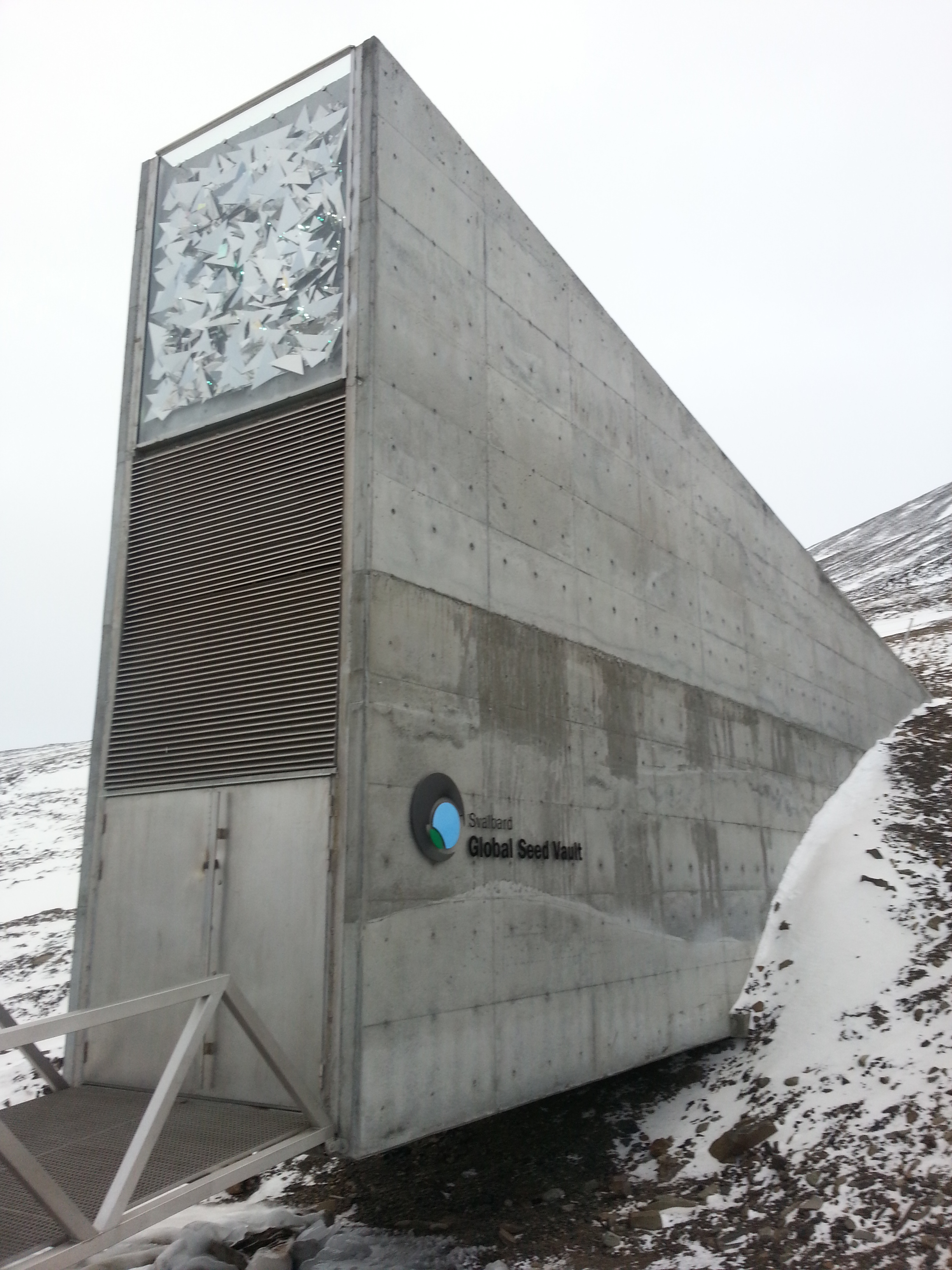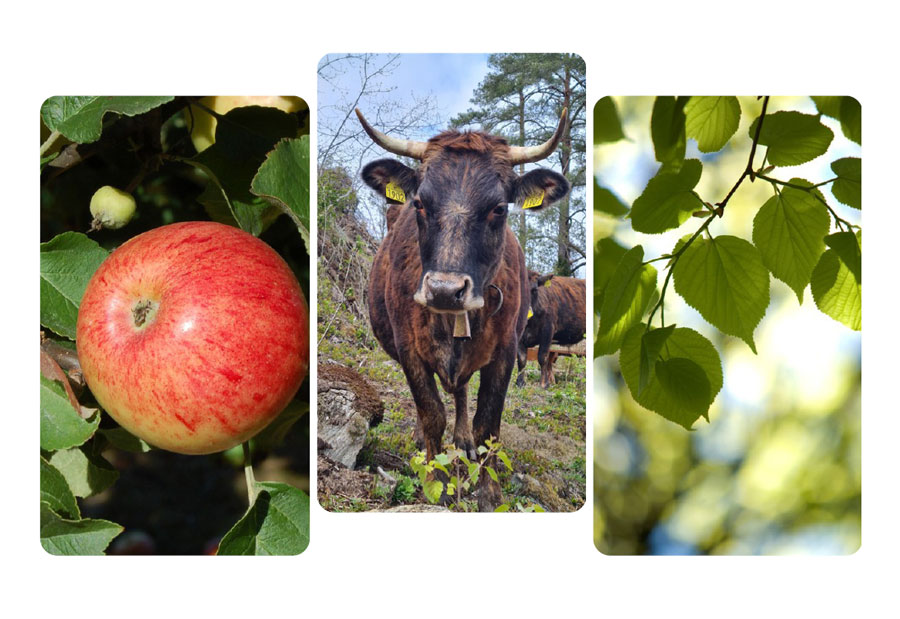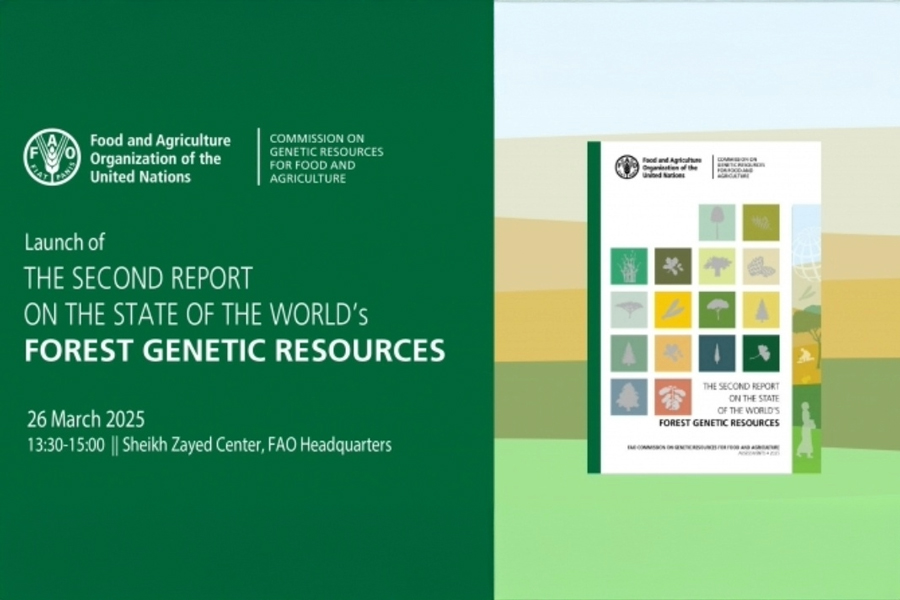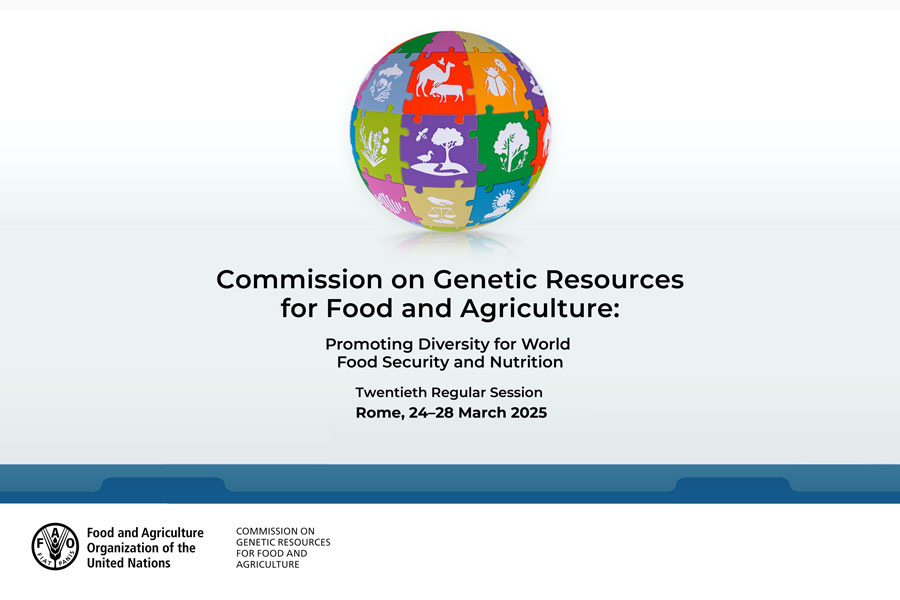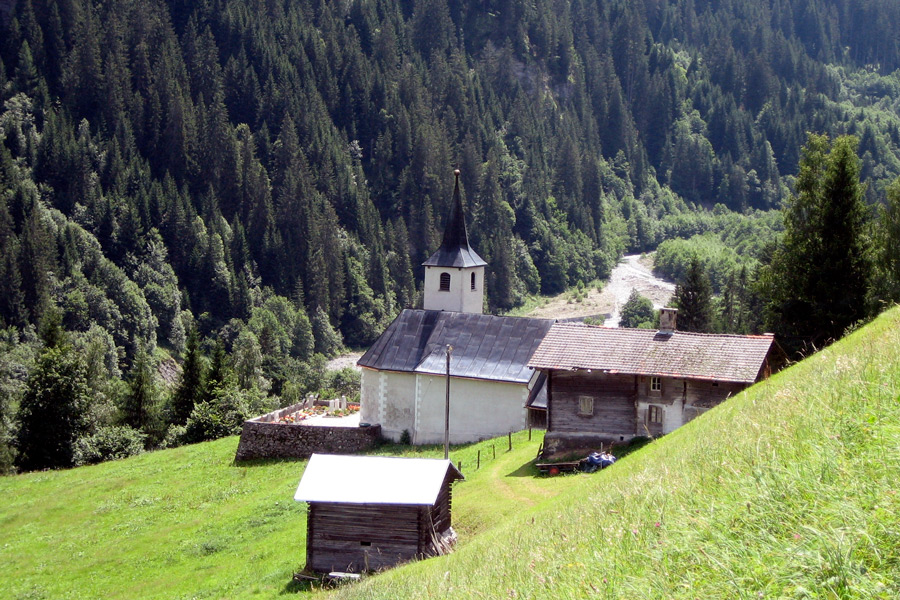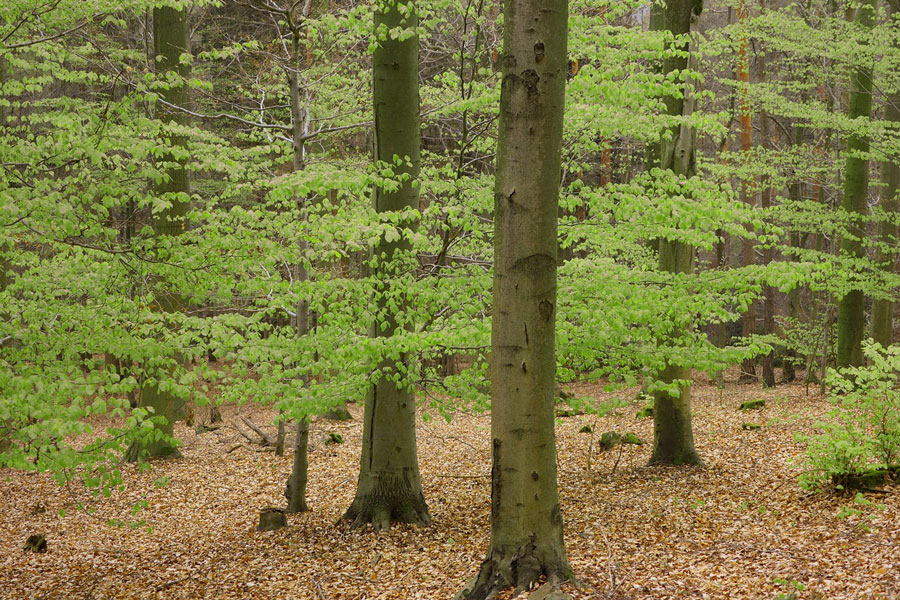First seeds of forest trees deposited at Svalbard
Last week, the first seed lots of forest trees (Norway spruce and Scots pine) were officially deposited in the Svalbard Global Seed Vault by Danish, Norwegian and Swedish ministers responsible for forests.
Last week, the first seed lots of forest trees (Norway spruce and Scots pine) were officially deposited in the Svalbard Global Seed Vault by Danish, Norwegian and Swedish ministers responsible for forests. By gathering in Svalbard for this purpose, the ministers recognized the importance of genetic resources for sustainable forest management and for the adaptation of forests and forestry to climate change.
The storing of forest tree seeds at Svalbard is part of Nordic cooperation which involves Denmark, Finland, Iceland, Norway and Sweden. Norway spruce and Scots pine were selected as the first forest tree species for the Seed Vault as they have a crucial economic, ecological and cultural role in the Nordic countries. The first seed lots originated from Finland (4) and Norway (208). Additional seed lots of forest trees will soon be provided by the other Nordic countries.
Several tree species in the Nordic region have orthodox (desiccation-tolerant) seeds which can be stored for a long period of time under dry conditions and low temperatures. One of the Norwegian seed lots of Scots pine deposited to Svalbard last week was collected in 1938 and the seeds still have a high germination rate (78%). In the case of many other European tree species, however, long-term conservation in seed storage is not possible due to their recalcitrant (desiccation-intolerant) or intermediate seed behaviour.
In addition to providing insurance against man-made or natural disasters, the seed lots at Svalbard can be used as reference material for long-term monitoring of genetic changes in conservation and breeding populations. This type of static conservation in seed storage complements dynamic conservation under in situ conditions that allows tree populations to maintain their genetic processes and evolve continuously. According to the EUFGIS Portal, there are a total of 216 dynamic conservation units of forest trees in the five Nordic countries. In 2014, a EUFORGEN working group analysed the implications of climate change on the conservation of forest genetic resources in Europe and recommended, among other measures, duplicating the most threatened conservation units with dynamic and/or static conservation measures. In some cases and for some species, collecting seeds for long-term storage may be the only feasible alternative for organizing such duplication.
The Svalbard Global Seed Vault, opened in 2008, is a back-up conservation facility designed to store duplicates of seed lots of valuable plant species from seed collections around the world. The deposited seed lots are sealed in boxes and remain the property of the depositors. Currently, nearly 864,000 seed samples (mainly agricultural crops) have been deposited to the Vault, which is owned by the Norwegian Government and managed by Norwegian Ministry of Agriculture and Food in collaboration with the Nordic Genetic Resources Centre and the Global Crop Diversity Trust.
More information on forest tree seeds at Svalbard and the Nordic collaboration on forest genetic resources is available <link http: www.nordgen.org index.php en content view full _blank external-link-new-window external link in new>on the NordGen website.
The arrival of the first seeds of forest trees at Svalbard was also featured <link http: www.bbc.com news science-environment-31661288 _blank external-link-new-window external link in new>in the BBC News.
